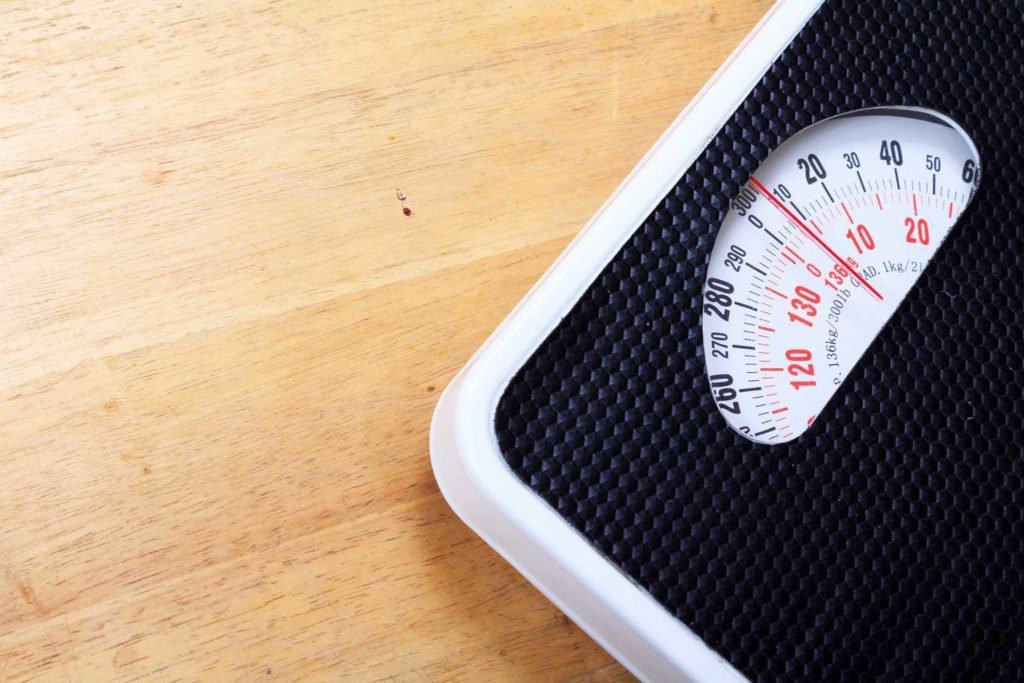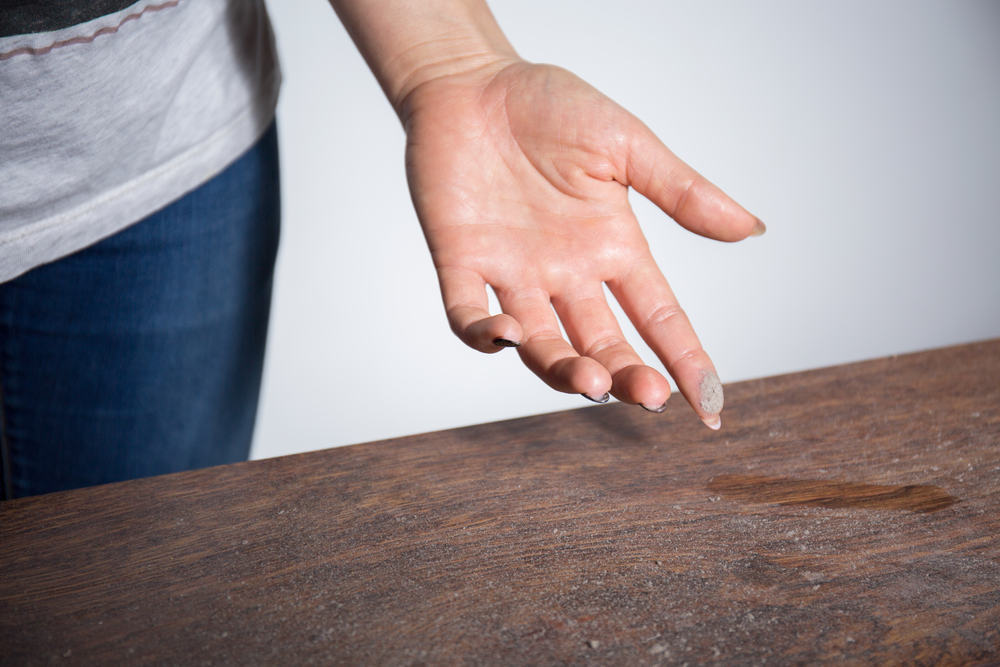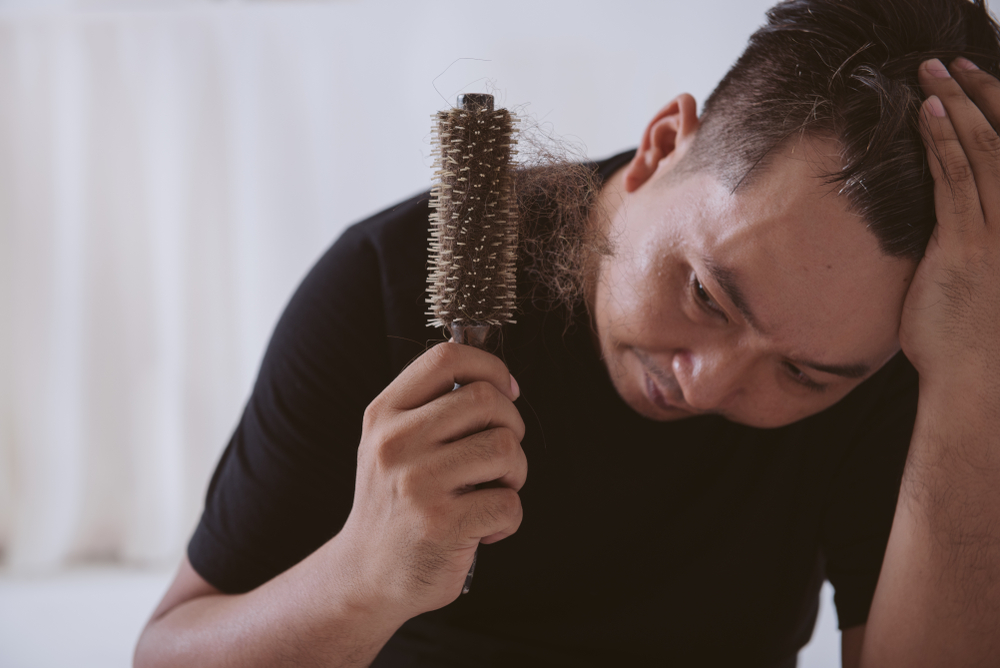Contents:
Medical Video: Signs of Pregnancy a Week After Conception|Gyn Issues|The Women
In order to maintain good reproductive and sexual health, there will come a time in the life of every young woman to start visiting an obstetrician for an annual check-up, even if she is not pregnant.
Imagine visiting an obstetrician, especially for the first time, for some women may feel a little uncomfortable because doctors can see the most private parts of your body, or because you are reluctant to discuss intimate issues. But don't worry. It is the duty of a doctor to make you feel comfortable talking about things that have been considered taboo.
The following is an outline about preparation and what happens during an appointment with your chosen obstetrician to relieve your worries.
When to schedule an appointment with an obstetrician?
There is no need for concrete reasons to start visiting an obstetrician. The American Congress of Obstetricians and Gynecologists (ACOG) recommends that women schedule their first consultation appointment when they are 13-15 years old, or you can start sexually active at your age.
Other reasons to visit an obstetrician include getting treatment for painful and / or irregular periods, vaginal infections, planning a family planning, checking for a sexually transmitted infection (STI), to screening possibility of cancer. If there are specific reasons for your appointment, let them know.
When scheduling an appointment, tell the receptionist or nurse that this is your first visit, and unless this is an emergency visit, try scheduling a visit when you are not menstruating.
Note: You don't need to shave or wax pubic hair before seeing a doctor, just make sure that you take a shower and rinse your vagina clean - but don't do vaginal douche.
What happens in the consultation room with the obstetrician
First appointment with an obstetrician usually starts with a general health check, such as measuring height and weight, and checking blood pressure. After that your doctor will dive deeper into your medical history.
You must be prepared to be honest in discussing the latest changes in your health and the first day of your last period, such as your menstrual cycle, family health history, your lifestyle, when you first got your period, and when you start sexually active; including sexual activity, the number of sexual partners you have (current and previous), whether they are male or female - these are completely normal.
For teenage women or those who have not been sexually active, a general gynecologist's visit will stop here unless he has a specific problem that requires further examination; namely physical examination.
What happens during a physical examination by an obstetrician
After all the information has been obtained, the nurse will take you into the exam room and ask you to undress completely. You will be given a dress that has access to the openings in the front, and a sheet to cover your lap. Then, you will be asked to lie down and put your feet on the footrest (also called "stirrup").
If you experience a problem or if you are sexually active, the following three tests may be performed by a doctor:
1. Basic physical examination
The doctor will do a thorough physical examination, starting from examining the neck for possible thyroid abnormalities; breast examination, which includes looking for pain, lumps, nipple fluid, and skin changes; and examination of the external area of your vagina to look for any unusual skin discoloration, wounds, lumps, or vaginal fluids. If you have specific questions, you can ask for a mirror and show the doctor every area that grabs your attention. Then the physical examination will continue to the pelvic examination test.
2. Pelvic examination
During a pelvic exam, the doctor will insert one or two fingers into your vagina while placing one hand above the abdomen, in the pubic area, to feel the internal organs. The doctor can also use a speculum to open and hold the vaginal wall to see the cervix. If your pelvic exam includes a Pap smear (only for women 21 years and over), your doctor will collect a sample of your cervical cells before removing the speculum. this sample will be used to test for cervical cancer and certain types of infections. A Pap smear can feel a little uncomfortable,
During a pelvic exam, you may feel pressure that feels slightly uncomfortable and can cause mild blood spots later - this is normal. The vaginal wall is soft and able to stretch to hold something big like a baby, so it should not hurt. If you are sexually active, your doctor may also test you for sexually transmitted diseases (STDs) such as gonorrhea, chlamydia, syphilis, and HIV. To test PMS, the doctor will take tissue samples and / or do a blood test during a pelvic examination.
3. Bimanual examination
After the speculum is released, the doctor will look at the size of your uterus to check if there is pain when your cervix is moved, feeling the ovaries and fallopian tubes from outside your body to check for abnormalities in the pelvic area. This part of the physical examination is done manually, with the doctor using a lubricated finger and placing pressure from the other hand on your stomach. An anal exam can also be done. This will involve the obstetrician inserting a gloved finger into your rectum to look for suspicious symptoms.
What should the obstetrician ask about during the consultation?
Gynecological examination only takes about 20 minutes. Therefore, it is better if you come prepared with a list of specific questions that you want to discuss, and no questions that are out of bounds; ranging from menstrual problems to sex, orgasm, fertility and pregnancy, the risk of venereal disease, to abortion.
It is important not to leave the doctor's practice without revealing something important that can affect what type of test he should do. Remember, doctors are not there to judge you; their only goal is to care for you in the best way for your body.
Dr Sara Mornar, an obstetrician from Texas, was quoted from Medical Daily, encourage patients to ask the doctor the following questions:
- Why is a Pap smear needed, and how often do I need it?
- When do I need a mammogram?
- How to prevent pregnancy and transmission of sexual diseases?
- What is HPV, and do I need an HPV vaccine?
After their first visit, women aged 21-29 must regularly visit their obstetricians at least once a year to get a Pap smear. Those aged 30-64 years generally have to visit every two years to get a mammogram. However, today's doctors know more than before about HPV and their relationship to abnormal Pap smears. They have understood that young women now do not have the same risk of HPV as previous generations of women, so guidelines in terms of the age of your follow-up visit will be more flexible.
After all physical examinations and consultations are over, you have been successful through your first gynecological examination. But if there is one point during a doctor's visit where you are not comfortable, you have the right and must ask to end the consultation. You are in control of your body and your own health care.
READ ALSO:
- Blood Spots Appear When Not Menstruation: Should You Worry?
- Is it true that caring for cats makes it difficult for you to get pregnant?
- What Happens When We Affect AIDS












